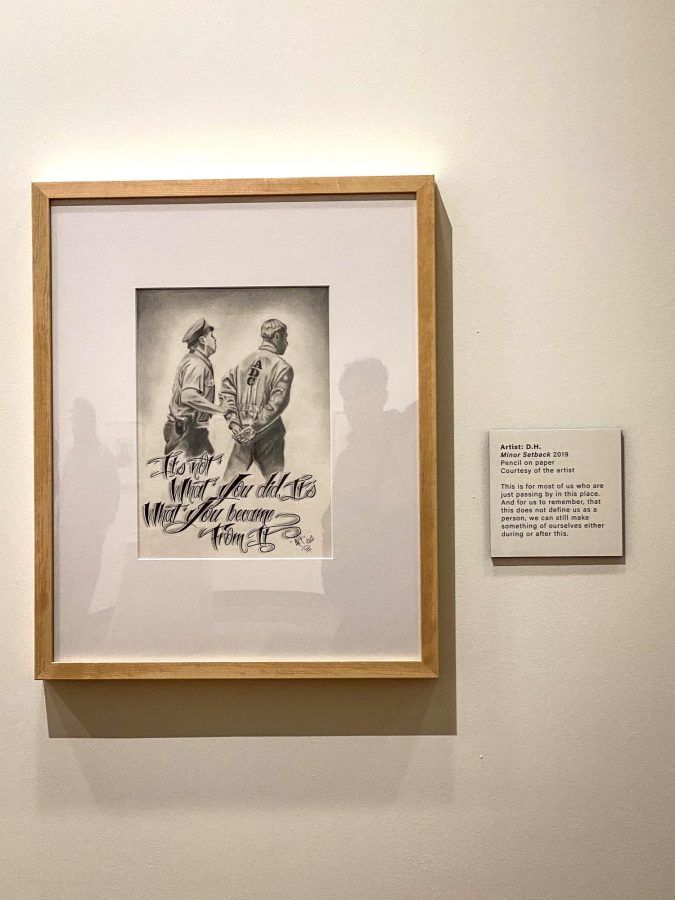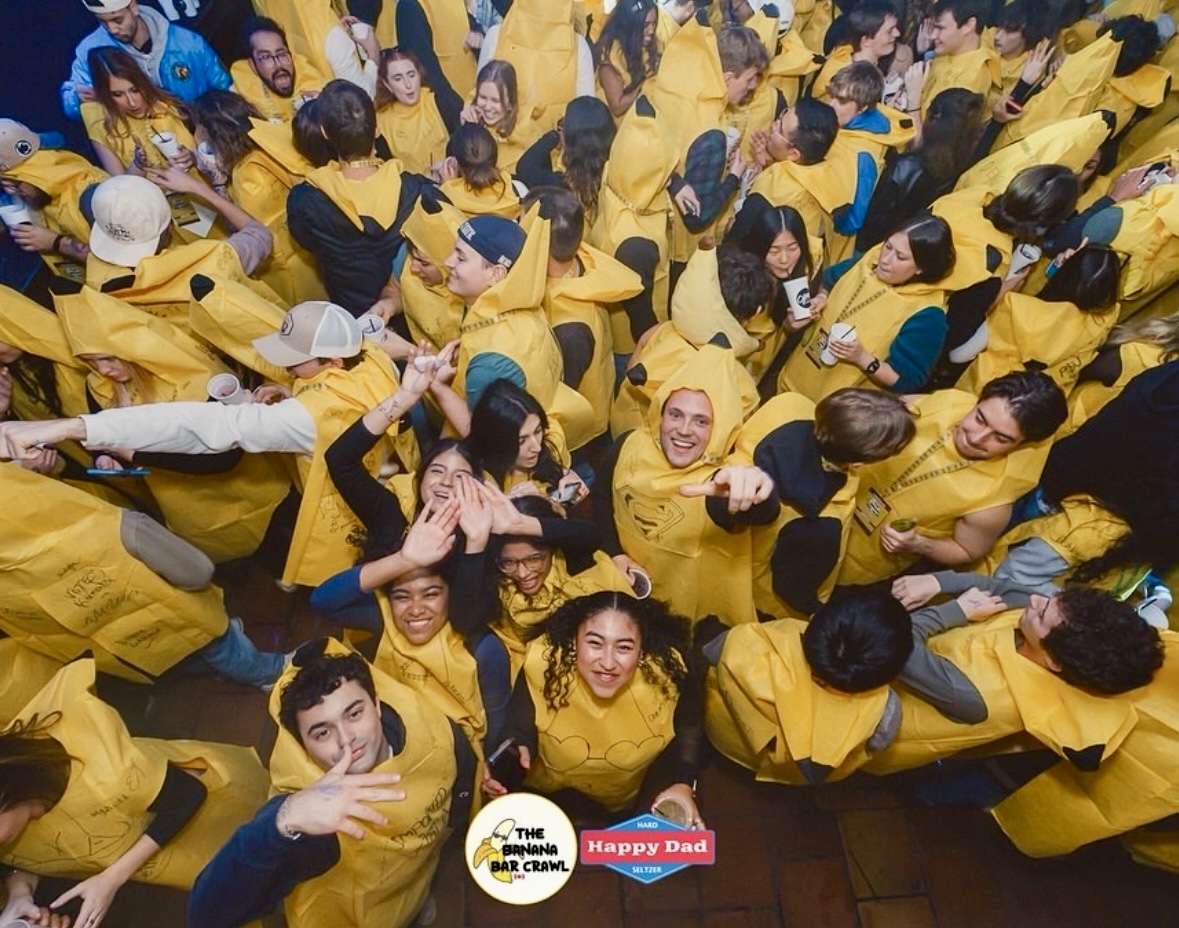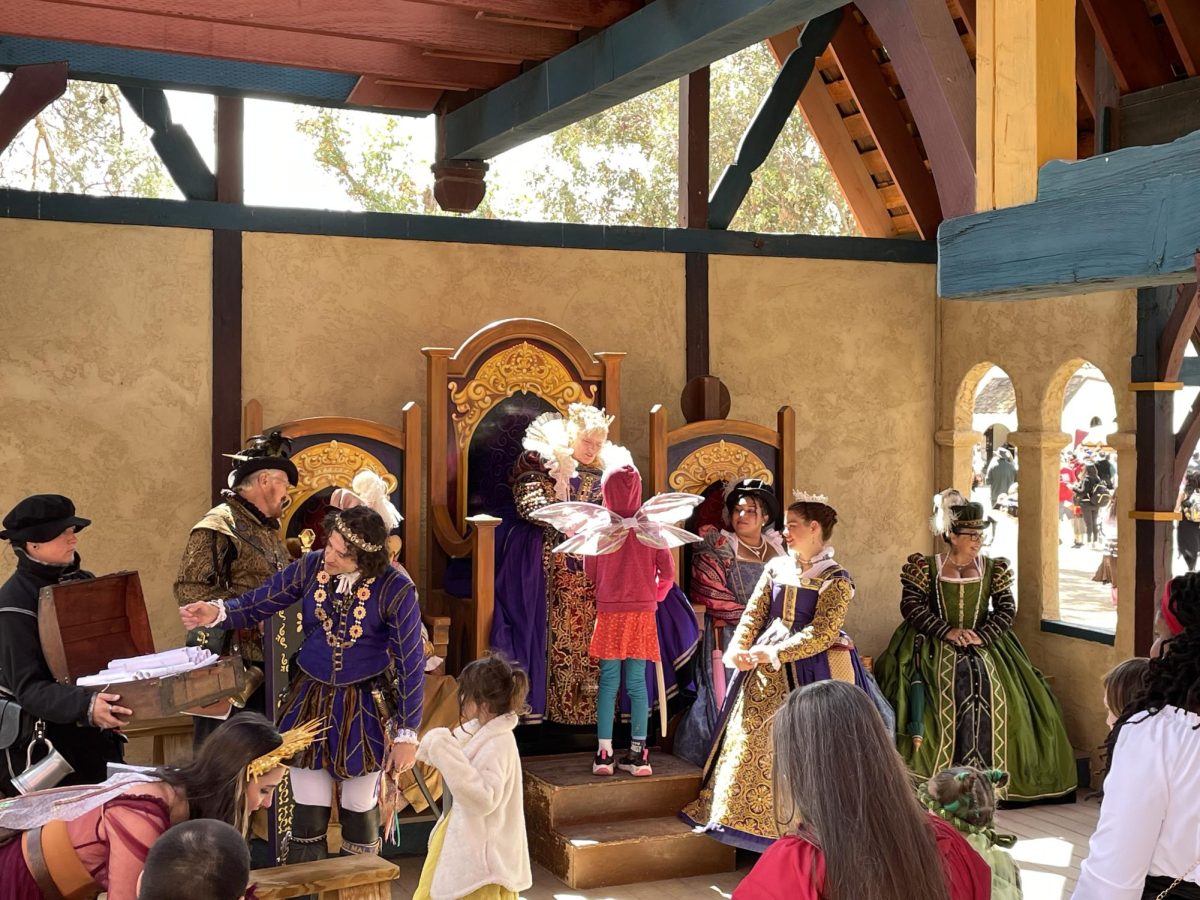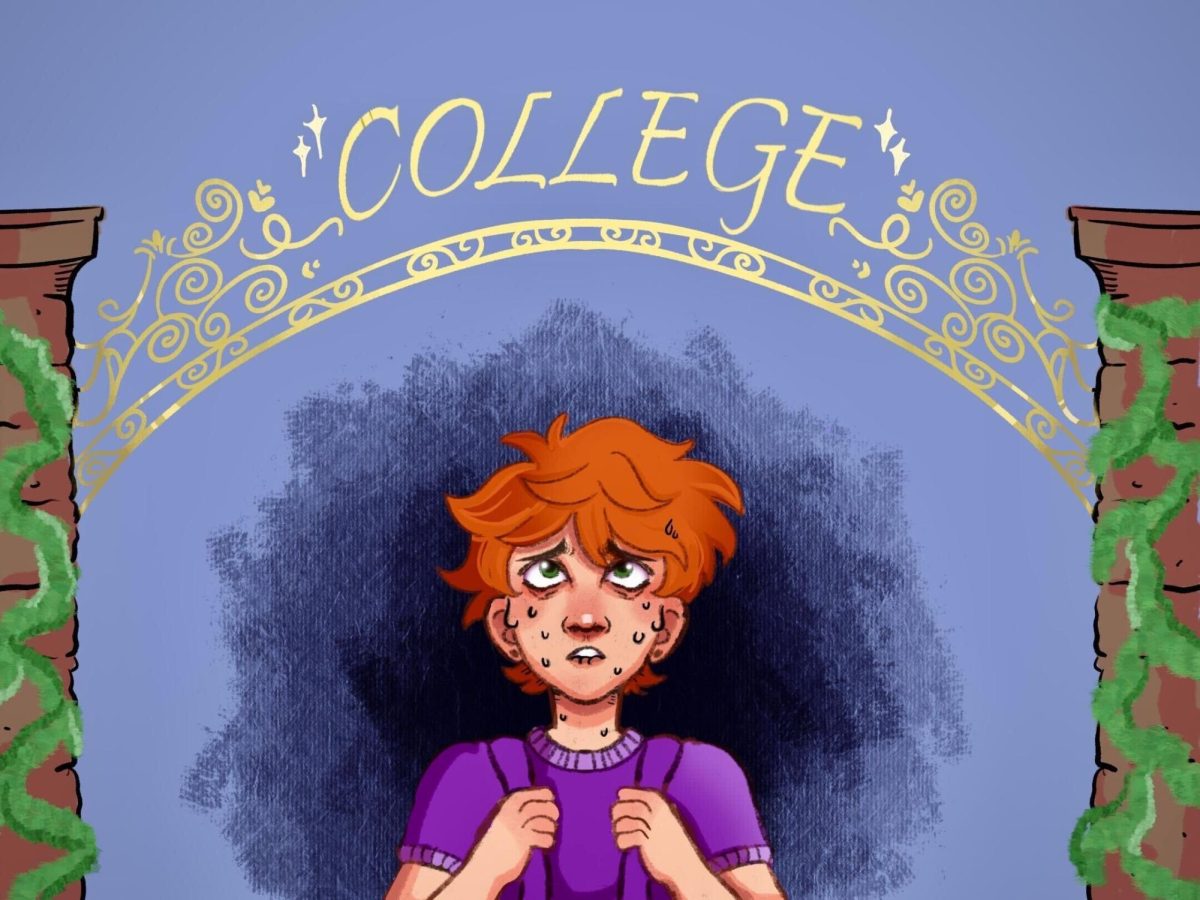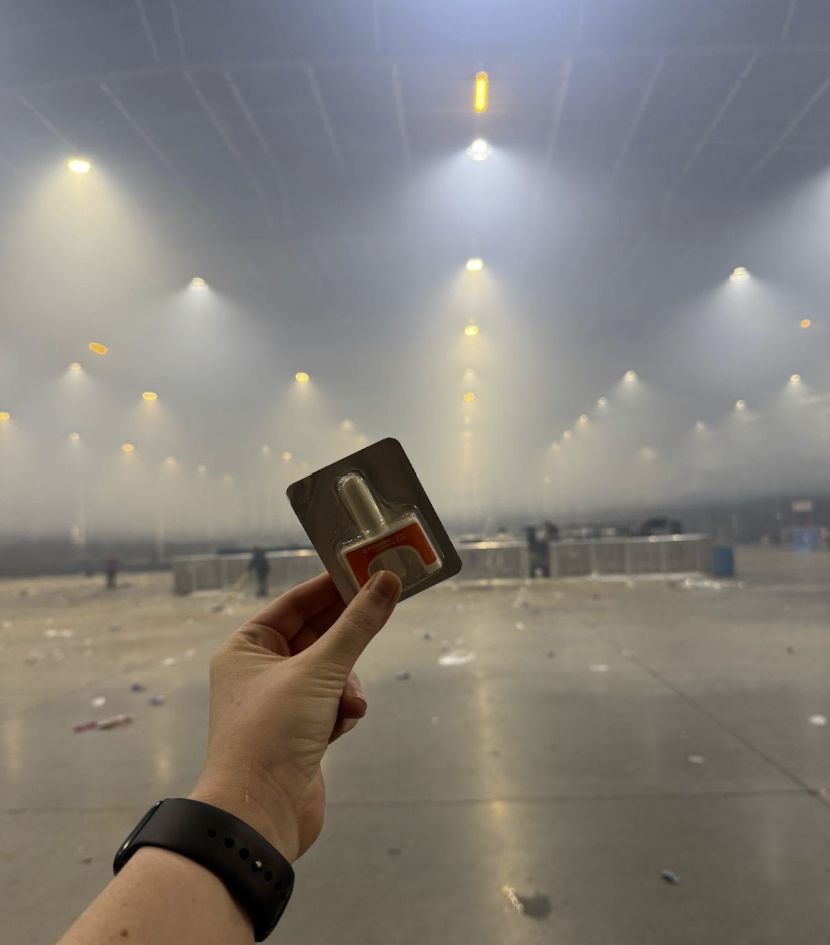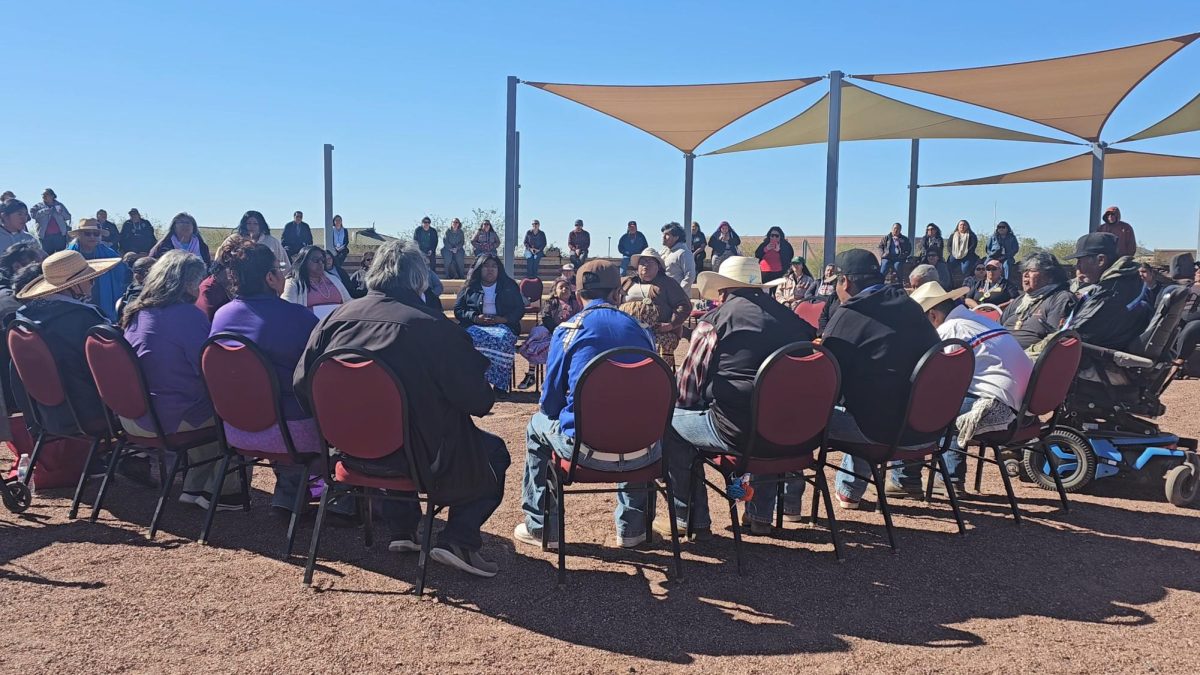A mother stood by her son’s artwork with a beaming smile as a phone camera flashed while other visitors gazed at pieces of art intently. Artwork descriptions and artist profiles read as letters of encouragement, love, admiration, hope and, above all, resilience.
The University of Arizona Museum of Art opened its newest exhibit “Hobby Craft” on Jan. 17, which will remain on display until March 29. The art was created and curated by inmates currently incarcerated in the Arizona State Prison Complex, and its themes radiates resilience.
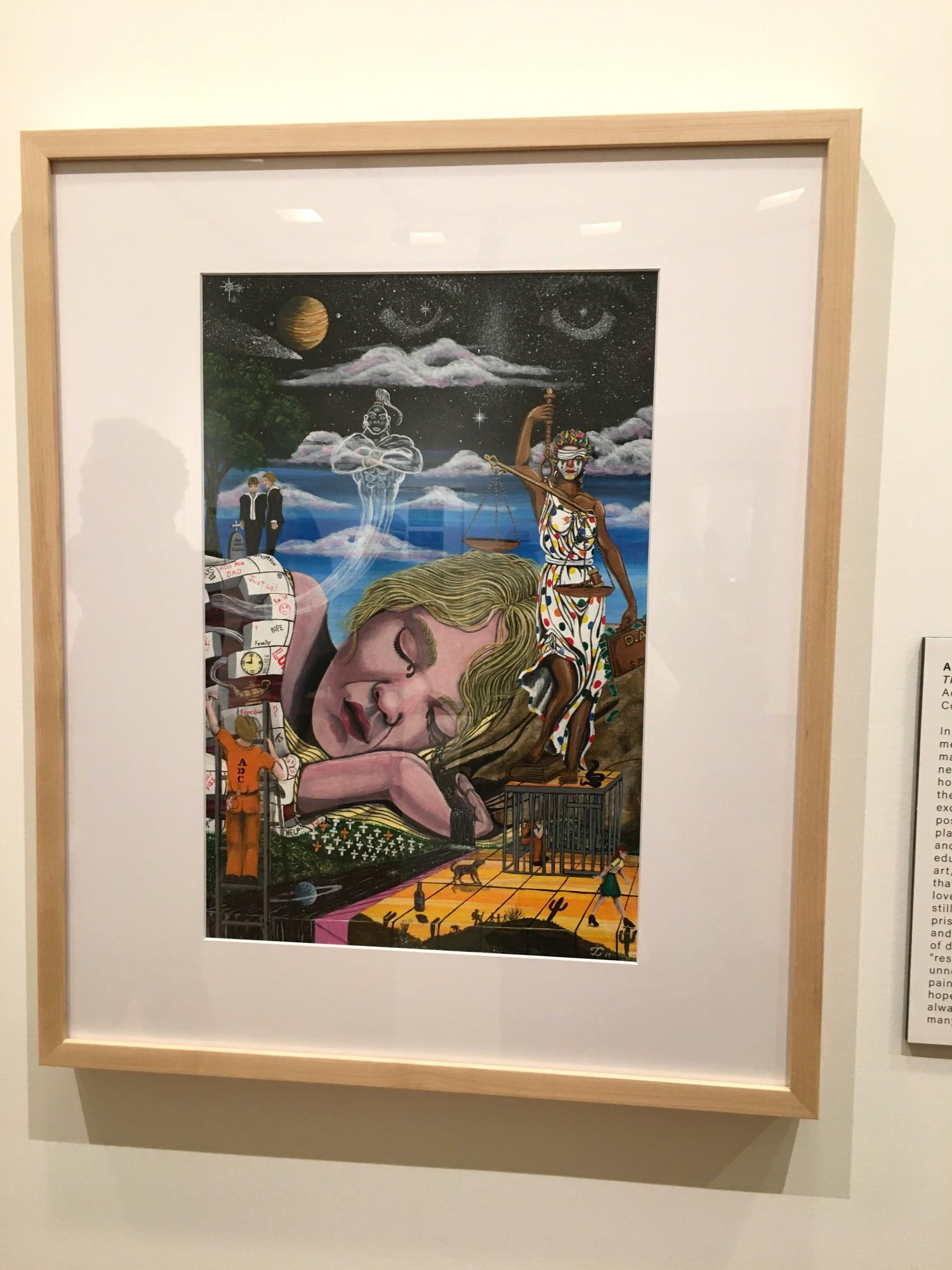
The idea for the exhibition began in a class taught by Olivia Miller, the curator of exhibitions, who was part of the UA English Department’s “Prison Education Project.” The project aimed to teach inmates skills to prepare them for college-level work. Classes are currently non-credit bearing and cover topics from English to anthropology to art.
According to program coordinator Celeste O’Brien, curators of the museum were inspired to create the show through the inmate’s enthusiasm.
“We selected the term resilience because we thought that that would be something that no matter [the artists’] background, no matter how long they were in [prison] or how long they had left, that that was a theme that anybody could relate to,” Miller said. “We did not give them a specific definition. So we said, ‘Whatever this term means to you.’”
Taking part in the exhibit, making art and getting art materials are privileges the inmates have to earn, according to Miller.
“In the prison, there are rules and policies set up around art making, and they call it ‘Hobbycraft,’” Miller said. “Those rules and privileges are based on the security level of the prison and the individual privileges of the incarcerated people who are there.”
Many artists featured in the exhibit worked up from colored pencils to fine art materials like acrylic paint. Some inmates even chose to make sculptures out of easily accessible materials like gum wrappers or paper clips.
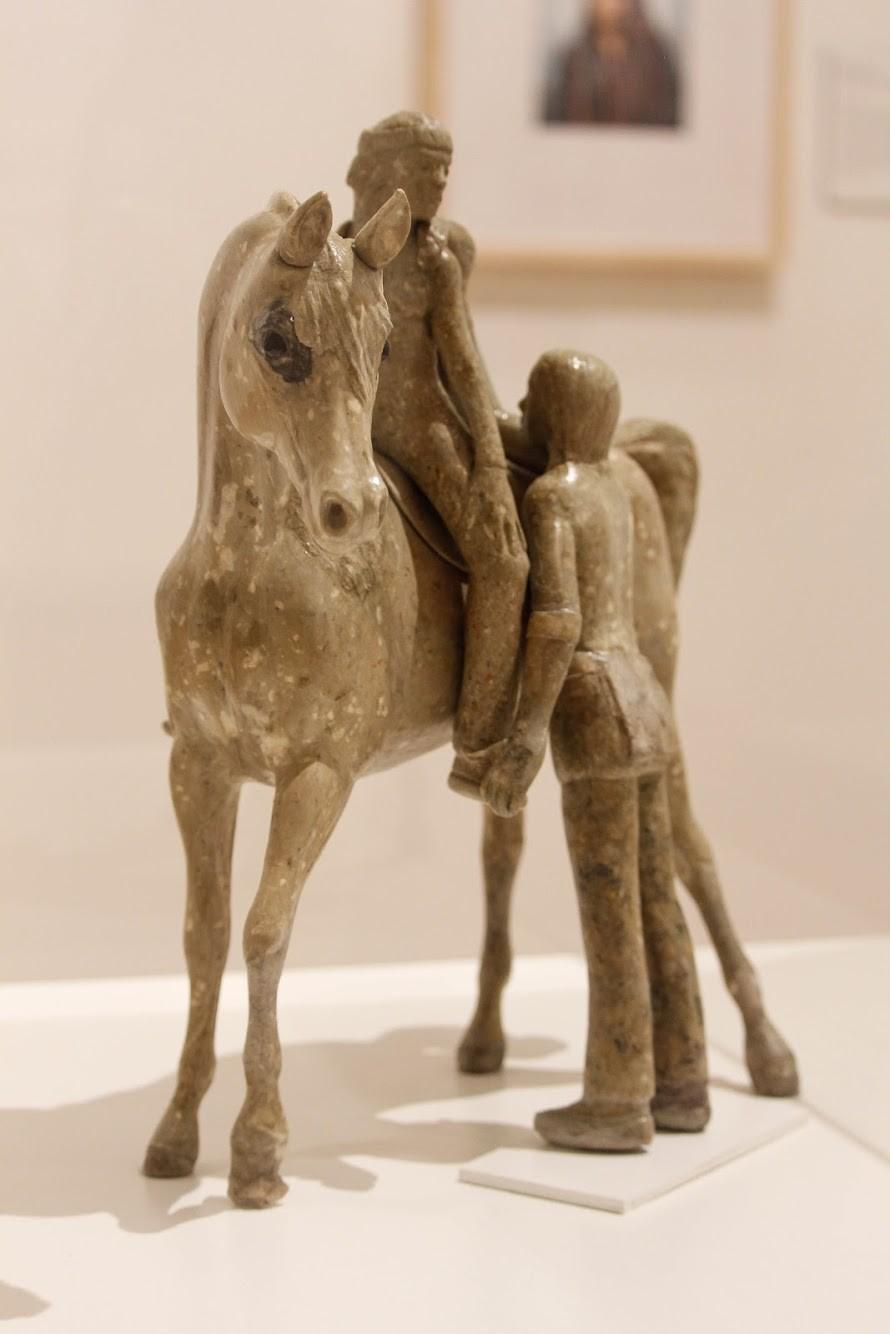
Miller added that most of the artists who participated in the program were already active artists before incarceration.
“Some of the men, when they were coming up to me … said, ‘I’ve been in prison for 30 years, and prior to coming to prison I used to work on really big canvases,’” Miller said. “He said having this exhibition gives him something to really look forward to. Another one of them really wants to be able to take art classes for credit to try to get a degree so that when he gets out, he has something to look forward to.”
RELATED: Forgery to thievery, a brief history of art crime at the UA Museum
According to Miller, many inmates shared this desire to be productive during their incarceration.
“For a lot of them, it’s a way to make the most of their time there,” Miller said. “They don’t want their time in incarceration to be a waste. They want something positive to come of it.”
Despite the fact that none of the artists could be present at the exhibit opening, their words are present in the exhibition room. Some artists wrote about their families, growth, reclaiming the color orange or prison as a temporary hurdle.
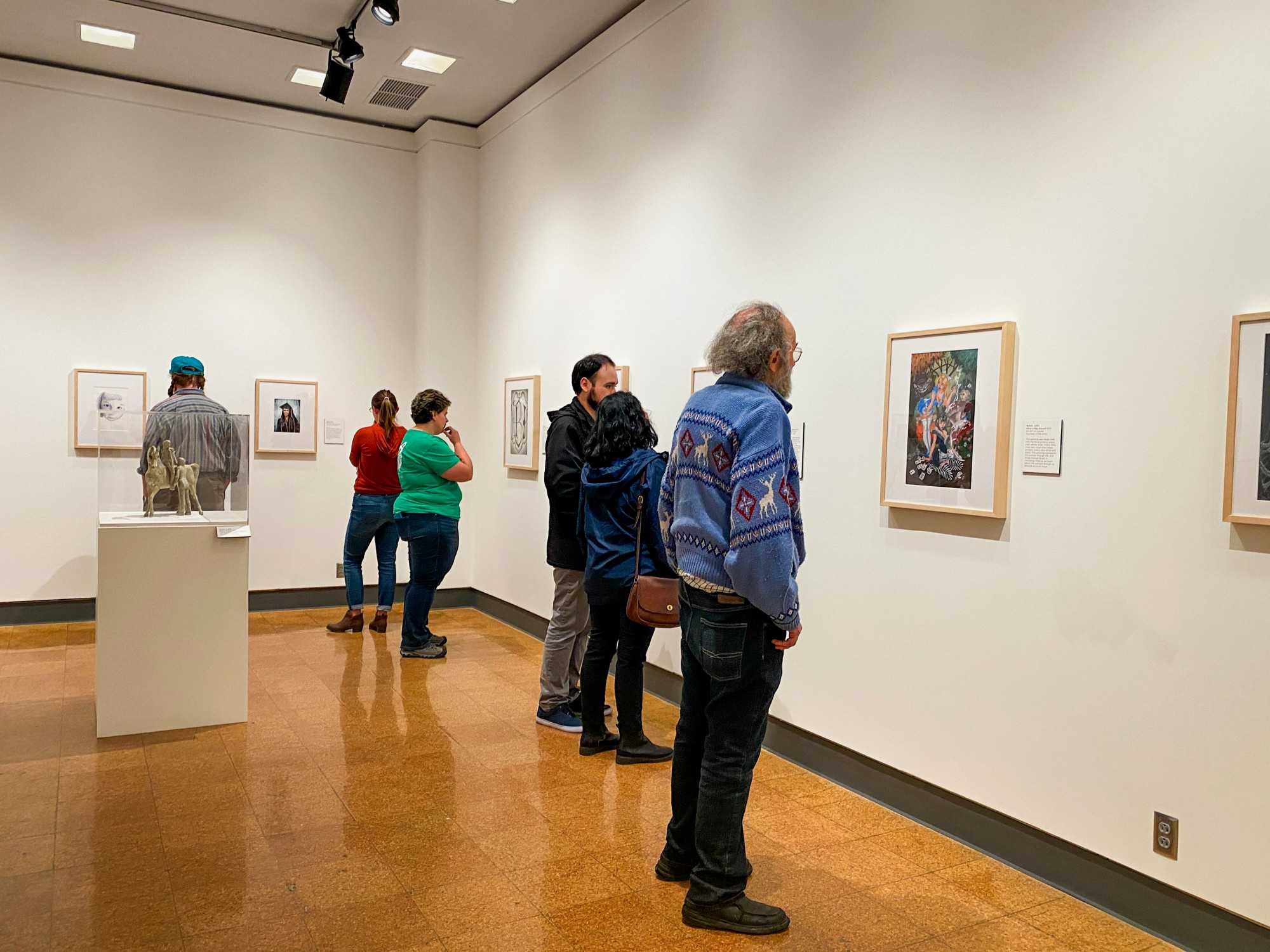
A piece titled “THANKS” by artist T.C.had the following inscription:
“In my 20 years in prison, I’ve met all kinds of people. The majority of personas are to the negative: hate, anger, hopelessness, etc. Although there are some that are the exception, the few that shine a positive light in this dark place, the inmates that mentor and volunteer to teach education, substance abuse, art, etc. Those few inmates that, even through the loss of love, family, and freedom, can still help others and show that prison can be a place of hope and change instead of a place of dread and hate. May your ‘resilient’ spirit not go unnoticed. ‘Thanks!’ This painting represents my loss, hopes, and wishes that are always on my mind and so many others’ in here.”
Sharon Holden, a mother of one of the artists, B.H., found hope in her son’s artwork in the exhibit. Scrolling through photographs of her son and his work, she smiled proudly.
“It just makes my heart soar to see him and all of them,” Holden said. “I know that [for] so many people that are there [in prison], [making art] is bringing out way more to them than just [what they did to get] locked up. There’s so much more to their story and who they are and where they’ve gotten to be now.”
Follow Ella McCarville on Twitter



